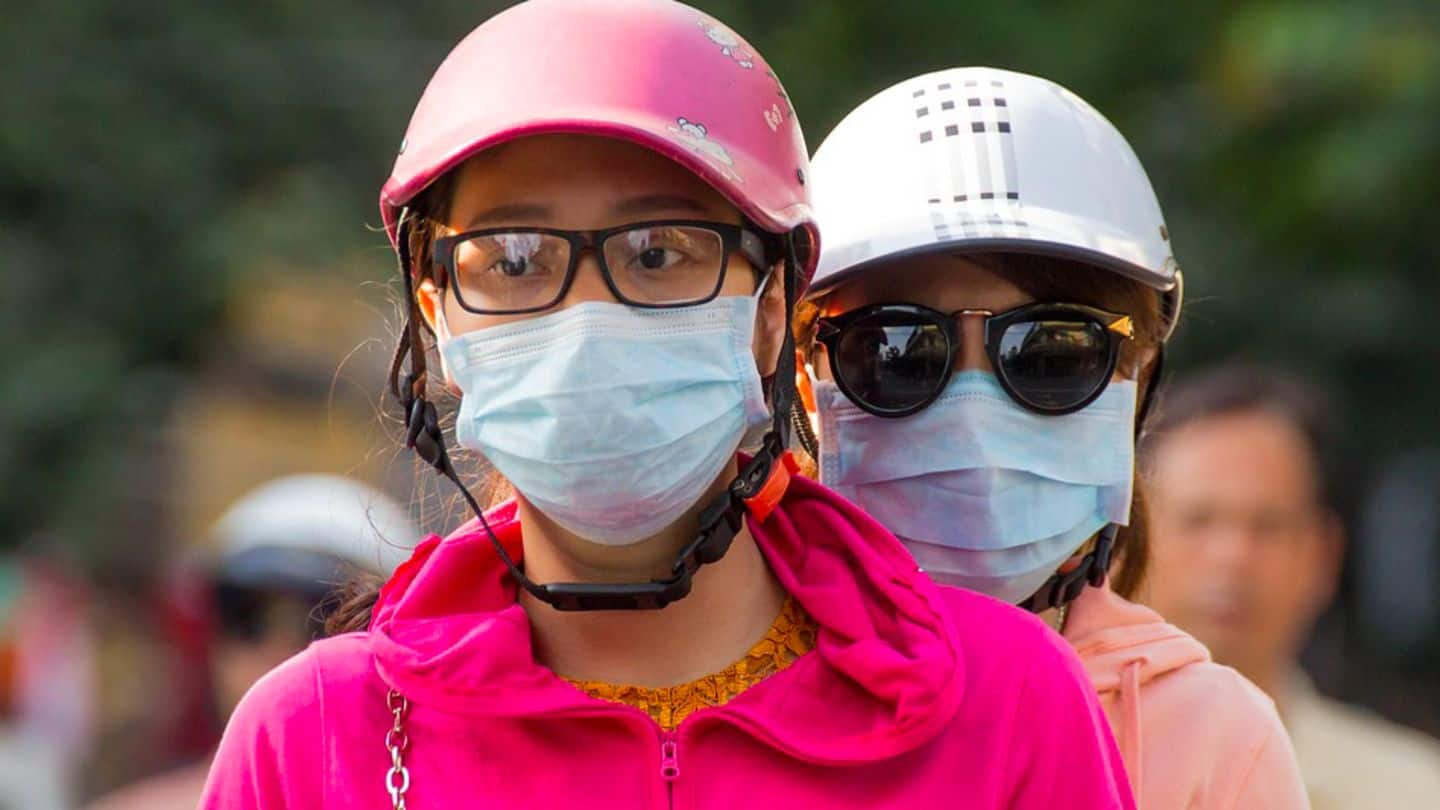
Meteorological factors improved Delhi air-quality; source still not addressed: Greenpeace
What's the story
Noting that air quality in the national capital had improved due to meteorological factors and not by addressing the "source of pollution", Greenpeace India stressed the need for taking comprehensive action to contain such sources for sustained clean air days. Authorities said Delhi's air quality turned "good" yesterday for the first time this year as continuous rains washed away the pollutants in the air.
NCAP
Greenpeace says Environment Ministry and CPCB should immediately enforce NCAP
Greenpeace India said instead of being euphoric about few improved air quality days, the Environment Ministry along with Central Pollution Control Board (CPCB) should prioritize to immediately enforce the National Clean Air Programme (NCAP) by setting up time-bound emission targets. The Ministry prepared a draft NCAP for a comprehensive plan for prevention, control, and abatement of air pollution and augment air-quality-monitoring network across India.
Green Groups
It's natural phenomenon; rain washes out dust particles: Greenpeace campaigner
Various green groups have also submitted their recommendations to the Ministry on the draft NCAP. "The 'so-called' improvement in Delhi's air quality is governed by the meteorological factors, not by addressing the source of pollution. This much talk about improvement is a natural phenomenon as rain washes out the dust particles leading to improved air quality," said Sunil Dahiya, senior campaigner, Greenpeace India.
Quote
Pollution is present all year round: Dahiya
"This is momentary to have few clean air days. The fact is that air pollution is present all year round, irrespective of seasons. More comprehensive actions on sources of pollution are required for sustained clean air days," Dahiya said.
Air Quality
AQI of New Delhi is currently 'good' at 43
The Air Quality Index of New Delhi was recorded at 43 which falls under the "good" category. An AQI in the range of 0-50 is considered "Good", 51-100 "Satisfactory", 101-200 "Moderate", 201-300 "Poor", 301-400 "Very Poor", and 401-500 "Severe". The PM10 level (presence of particles with a diameter less than 10 mm) was recorded as "good" at 39 in Delhi-NCR and 32 in Delhi.
Air Pollution
Dahiya says draft NCAP missed out on several aspects
The PM2.5 level (presence of particles with a diameter less than 2.5 mm) was 39 in Delhi-NCR and 21 in Delhi. "The government must realize that air pollution has become a health emergency not just for India but globally as well," Dahiya said. He added the draft NCAP missed out on timelines, emission, sectoral targets, which defeated the purpose to have an action plan.
China
China's second clean air action plan
"China has released its second clean air action plan...it still has long way to go to solve its air pollution problem, (but) the progress of the past few years shows what works," Dahiya said. "Region-wide, time-bound targets that hold decision-makers accountable, strong emission standards and strong enforcement, as well as a shift away from polluting energy sources (are some of China's solutions)," he said.